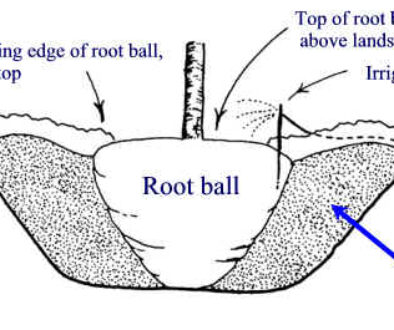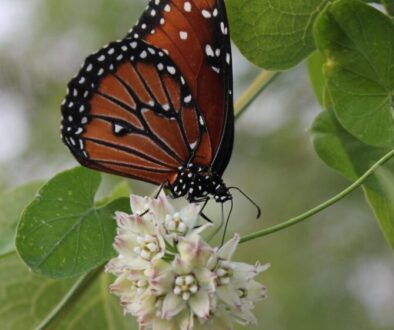Lantana Decline
Lantana dieback has been seen occurring in various communities across the valley and though it was suspected that this might be due to a gall mite infestation it is looking like the cause may be something a bit more sinister. After the application of multiple insecticide treatments along with the collection of samples for lab work, we have found that many local Lantanas are becoming infected with what we believe to be Aster Yellow Disease. This disease has many of the same symptoms and consequences as that of gall mites, however it is much more contagious and complicated to diagnose.
Aster Yellow Disease is caused by a mycoplasma-like organism and is spread by insects, commonly known as “hoppers.” These insects feed on various plants, “hopping” from one to another. They can spread the mycoplasma anywhere from 9 to 21 days after feeding on a diseased plant. The symptoms of this disease show in the previously healthy plants about 10 to 14 days after the insect feeds on it. Symptoms typically include narrowing leaves, yellow foliage, sterile seed, and shortened branches.

There is no cure or treatment currently for plants affected with Aster Yellow Disease. When a plant becomes infected, it is recommended to remove and dispose of the plant to ensure that the leafhopper insects can no longer feed on them, thus spreading the disease to others. Recommendations include monitoring plant health and planting new healthy plants where infected ones were removed, if desired.
ELS Maintenance is continuing to look into this and verify the cause of the Lantana dieback happening here in Arizona. As we verify the cause, we will continue to take necessary steps towards protecting the Lantana plants and taking care of those which are already infected.




